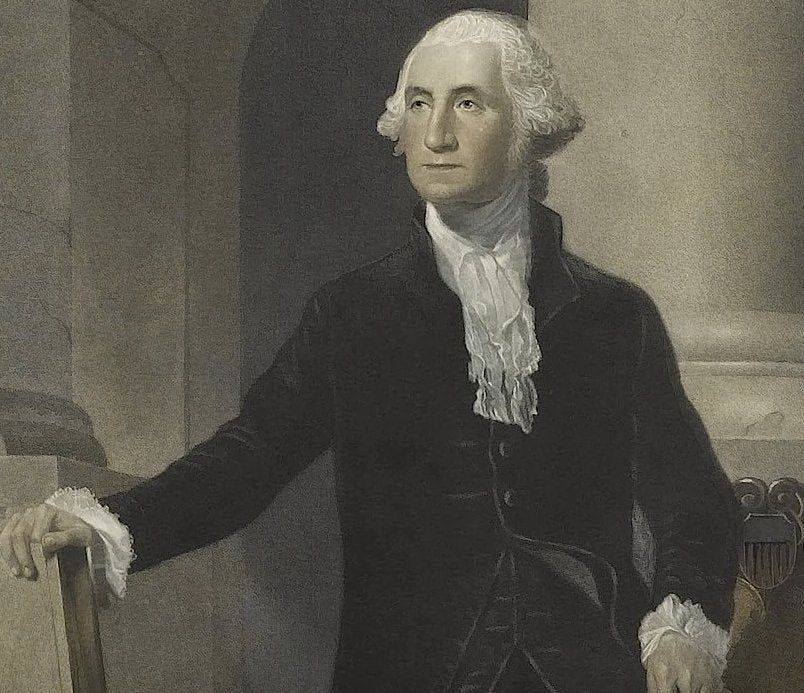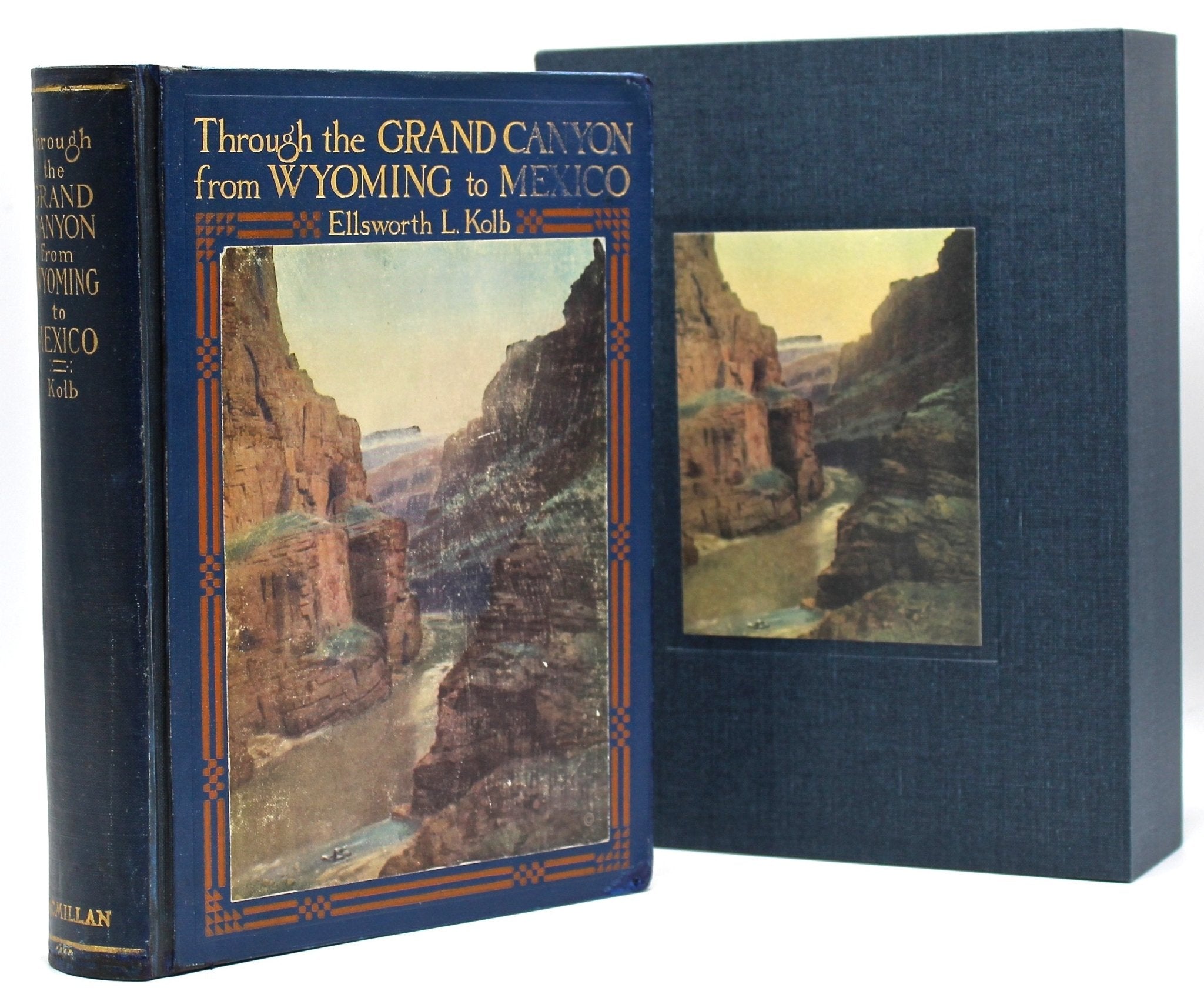The Story of the Teddy Bear
Did you know that the Teddy Bear was invented in honor of American President Theodore Roosevelt? The now iconic children’s toy was named after Theodore “Teddy” Roosevelt, and has an interesting history.
Theodore Roosevelt was an avid hunter and nature lover, in addition to being a politician. His personality was rugged and exuberant, and he was well loved as both a Vice President and President.
Roosevelt, nicknamed “Teddy,” is the namesake for the iconic toy the Teddy Bear. The story began when Theodore Roosevelt was bear hunting out near Onward, Mississippi in 1902. He took the trip at the invitation of the Mississippi Governor, Andrew H. Longino. After three days of hunting, all of the other members of the party had spotted bears, but Roosevelt had not seen a single one.
Roosevelt was hunting with assistants, one of whom being Holt Collier, a born slave. For fear of Roosevelt being seen as a failure in his trip, Collier and the other men tracked down an old black bear in the woods with their dogs. The dogs trailed the bear for quite a distance and ended up attacking it to wound it. The men strung the bear up to a tree in order to present it to Roosevelt.
Once the black bear was tied to the tree, the men suggested that Roosevelt shoot it, since he had not managed to locate another one. However, being a sportsman and honorable hunter, Roosevelt refused to shoot the bear after it had been cornered and tied.
The news of Roosevelt’s refusal to shoot the bear spread widely through newspapers across the country. Not only had the President not been successful on his trip, but big game hunter Roosevelt himself had pointedly refused to shoot the bear!
African Game Trails by Theodore Roosevelt
Clifford Berryman, a famed political cartoonist, read the article about Roosevelt and decided to satirize his refusal to shoot the bear. The cartoon appeared in the Washington Post on November 16, 1902, only a few short days after the incident.
Morris Michtom, a candy shop owner in Brooklyn, saw the cartoon and had an idea to make stuffed animals with his wife to sell in recognition of the president, and this hilarious incident. Michtom created a stuffed toy bear to dedicate to the president, calling it “Teddy's Bear.” With Roosvelt’s permission to use his name, Michtom mass produced the toy bears. The toy, with the backing of the president’s story, was so popular that Michtom soon founded his company the Ideal Toy Company.
At about the same time that Michtom developed the bear, a German company, founded in 1880 by seamstress Margarete Steiff, began making stuffed bear toys of their own. The toy was designed in 1902 by Steiff’s nephew Richard, who modeled it after real-life bears he’d sketched at the zoo. A buyer for a U.S. toy company placed a large order for the stuffed creatures from the German company, and Steiff bears quickly became popular. Steiff, playing off the sudden success of Michtom’s bears, decided to use the name Teddy Bear as well for her own design. This influx of bear toys helped drive an international Teddy Bear craze throughout the U.S. and even internationally.
To this day, the Teddy Bear has worldwide popularity and is a staple in any childhood home.







